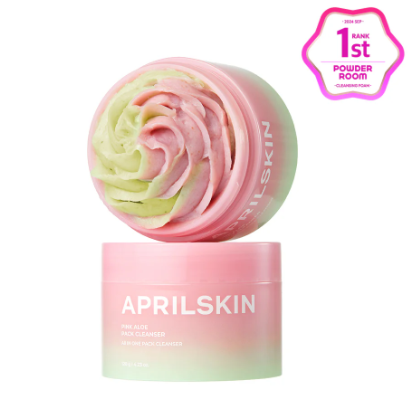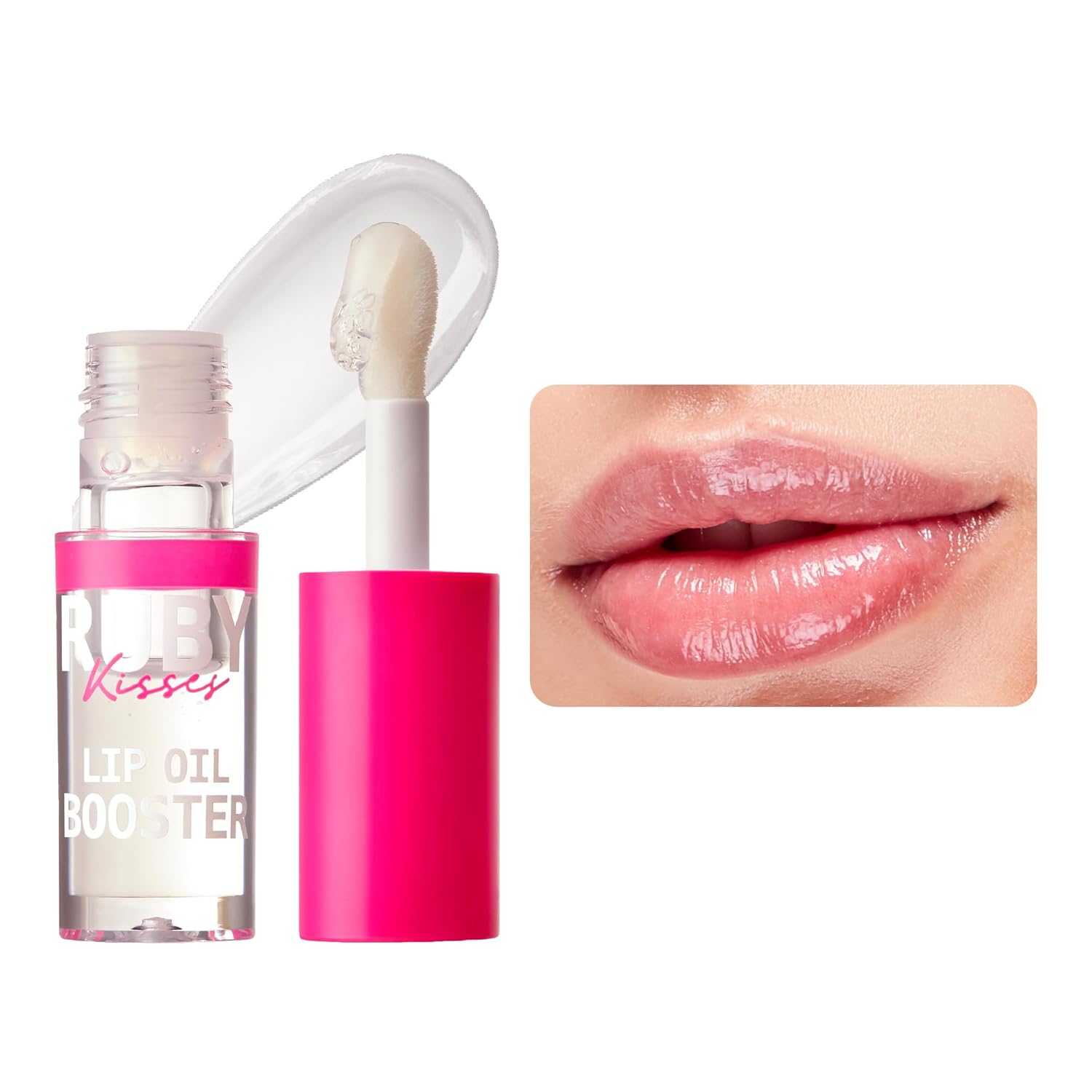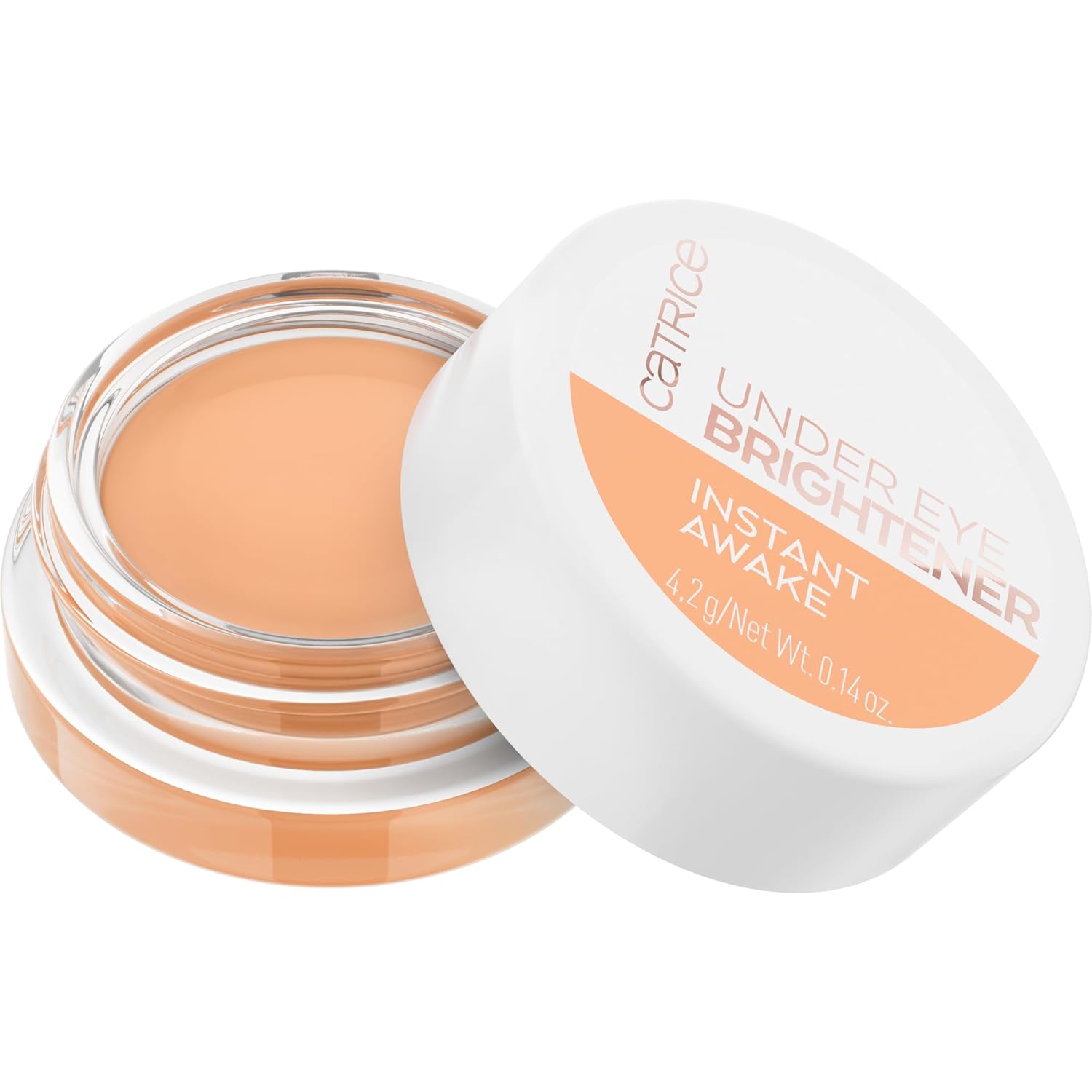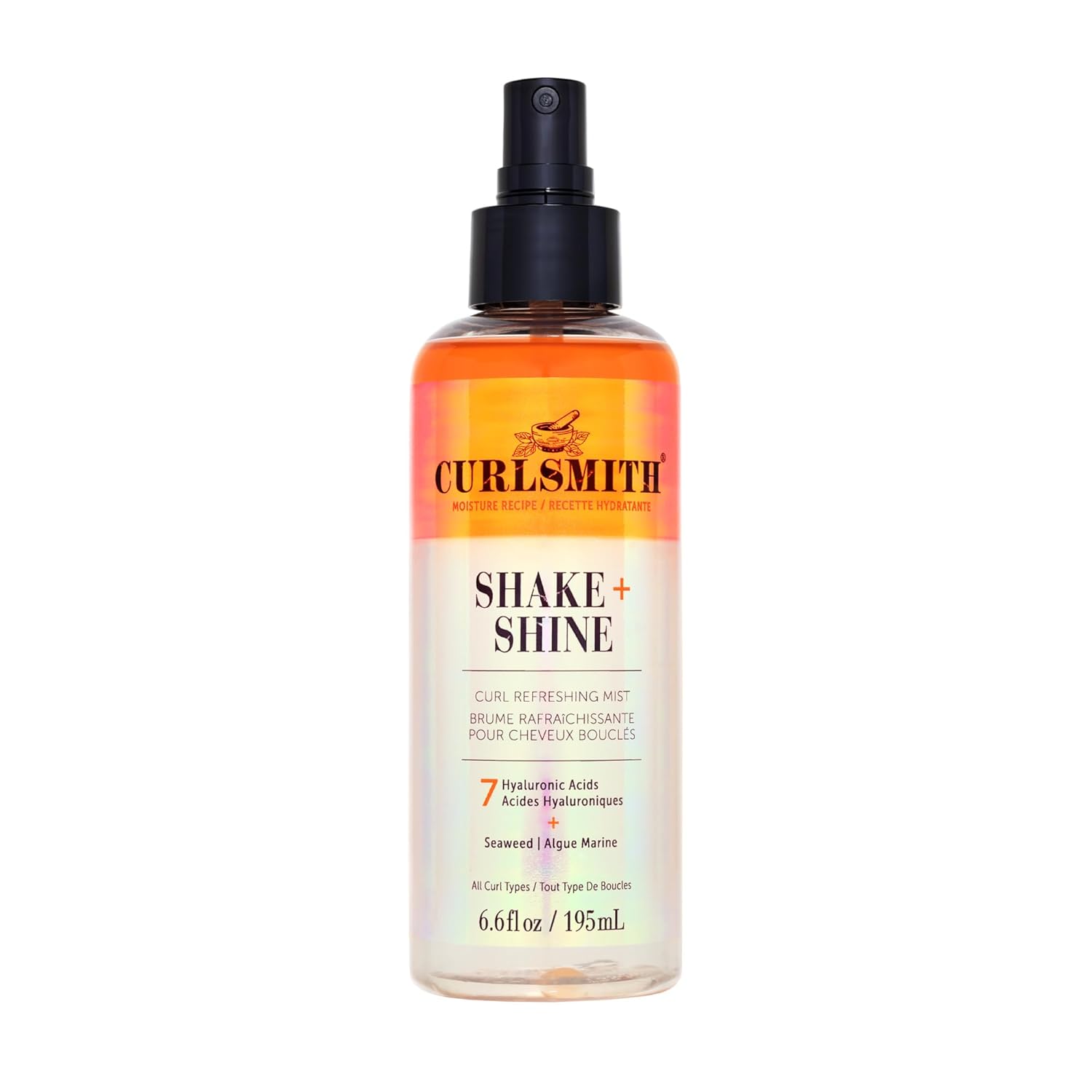
Curlies are not afraid to experiment for their best curls. We’ve seen kitchen strainers used as diffusers, KY jelly to fight frizz, and now – a pool noodle used for heatless curls. That’s right, your favorite summer pool day floating device could be the key to heatless jumbo curls thanks to this DIY by YouTuber Jonathan Monroe. Here’s how to curl your hair with a pool noodle.
For naturally wavy and curly hair, this method can stretch out your natural curl pattern heatlessly. For naturally straight hair this can act to give volume to the roots and a curl to the ends. It’s cheap (Monroe found his pool noodle at the dollar store for $1.25), it’s heatless, and depending on your hair you may be able to stretch your hair with just four pool noodle curlers. And you’ll be left with large barrel curls like we’ve never seen before.
How to use a pool noodle for heatless waves
What you’ll need:
- A pool noodle
- An old tee shirt you don’t mind cutting up
- Scrunchies
Step 1. Cut up a pool noodle into sections.
Step 2. Cut up a tee shirt, Monroe used a mesh tee. This will be used to hold your curlers in place.
Step 3. Section your hair, securing the top sections up and out of the way so you can focus on the bottom layers of hair first.
Monroe did this on slightly damp hair and did not use any styling product.
Step 4. Take a bottom section and smooth it with a brush. The section can be larger than your typical roller set, as the pool noodles are significantly larger and longer.
Step 5. Roll the section of hair around the pool noodle from the bottom up towards the roots, then secure it at the root by wrapping a piece of your tee shirt around it and tying a scrunchy at the base.
Don’t use a blow dryer to set the curl as you would with traditional curlers, the material of the pool noodle is likely to melt.
Step 6. Repeat with the other sections. Monroe curled his full head of hair in just 4 sections.







Results will likely vary depending on your hair density, width and curl pattern. Monroe’s long curls look to be mostly Type 3A and this method successfully stretched his curls. YouTuber Danica J Thomas had a similar idea three years ago and used a pool noodle to stretch her Type 3B curls. She used a slightly different technique and started with wet hair and found that the method was not able to stretch her roots out and left her with some frizz. She touched up her roots with a blow dryer after removing the pool noodle curlers to finish off her look.
Would you try this pool noodle heatless curling method?


















